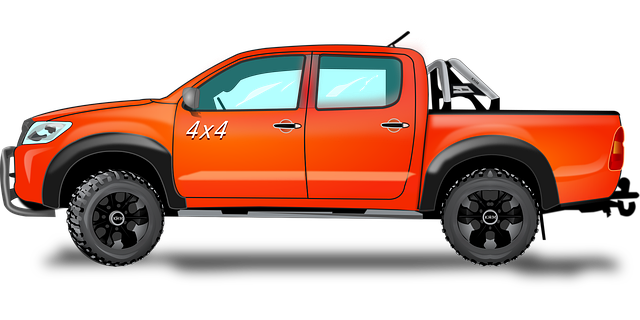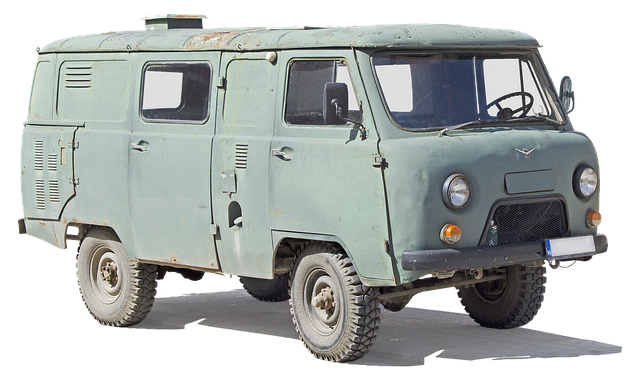Truck clutches are vital components in heavy-duty vehicles, enabling smooth gear shifts and controlling power transfer. Hydraulic or mechanical systems, using fluid pressure or gears, facilitate independent wheel movement for turns and speed changes. Specialized truck diagnosis tools in Brownsville, Texas, help mechanics identify clutch issues early, ensuring prompt repairs and maintaining vehicle health by monitoring hydraulic pressure and pedal sensitivity.
Clutches are essential components in trucks, enabling smooth power transfer and control. This article guides you through the intricacies of truck clutches, from understanding their basic function and types to diagnosing issues with modern tools in Brownsville, Texas. Learn about common clutch problems, advanced diagnostic methods, and preventive maintenance tips to ensure optimal performance and longevity for your commercial vehicle’s clutch system.
- Understanding Truck Clutches: The Basics
- – What is a clutch and its function in trucks?
- – Types of clutches used in commercial vehicles.
- – Basic operation and components of a truck clutch system.
Understanding Truck Clutches: The Basics

Truck clutches are an essential component in the transmission system of heavy-duty vehicles. They play a crucial role in controlling and managing power transfer from the engine to the drive axles, allowing for smooth acceleration and deceleration. Understanding clutch operation is vital for effective truck maintenance and diagnosis in Brownsville Texas.
The basic function of a truck clutch involves connecting and disconnecting the engine to the gearbox, enabling drivers to shift gears seamlessly. This process is accomplished through a series of mechanical components, including the clutch disc, pressure plate, and release bearing. When engaged, the clutch disc presses against the flywheel, transferring torque from the engine. Disengaging the clutch allows for independent movement of the wheels, facilitating turns and changes in speed. Diagnosing clutch issues often requires specialized tools and knowledge, making it a critical aspect to consider for any truck owner or mechanic in Brownsville Texas.
– What is a clutch and its function in trucks?

A clutch is a vital component in trucks, serving as a mechanical device that connects and disconnects the engine to the transmission. Its primary function is to allow for smooth shifting between gear ratios, enabling drivers to control torque delivery and optimize performance. When engaged, the clutch disengages the engine from the drivetrain, allowing for changes in speed and direction without straining the motor. This mechanism is essential for safe and efficient truck operation, especially during urban navigation or demanding towing tasks. In Brownsville Texas, truck owners can rely on specialized diagnosis tools to identify clutch issues early, ensuring prompt repairs and maintaining the vehicle’s overall health.
– Types of clutches used in commercial vehicles.

Commercial vehicles, from trucks to buses, rely on various types of clutches to facilitate smooth and efficient transmission control. The most common types include hydraulic and mechanical clutches. Hydraulic clutches use fluid pressure to engage and disengage the clutch, offering precise control and easier operation, especially in heavy-duty applications. Mechanical clutches, on the other hand, utilize a series of gears and springs for engagement, known for their durability and reliability in challenging conditions.
In Brownsville Texas, truck diagnosis tools play a crucial role in identifying clutch issues early. These advanced tools enable mechanics to pinpoint problems with accuracy, ensuring timely repairs that can prevent costly breakdowns. With regular maintenance and the use of such diagnostic equipment, commercial vehicles can continue operating reliably, keeping businesses moving forward.
– Basic operation and components of a truck clutch system.

A truck clutch system is a complex mechanism designed to disengage and engage the transmission between the engine and the drivetrain. Its basic operation involves controlling the torque delivered from the engine to the wheels. The system consists of several key components: the clutch master cylinder (a hydraulic component that initiates the clutching action), the clutch slave cylinder (which translates the hydraulic pressure into mechanical motion to disengage or engage the clutch), and the clutch itself—a set of friction discs and pressure plates housed within the transmission.
When a driver presses the clutch pedal, the clutch master cylinder sends hydraulic fluid to the clutch slave cylinder. This activates a series of levers and bearings that apply pressure to the friction discs, creating a slip between them and the pressure plates. This slipping action allows for smooth shifting between gears without abrupt torque interruption, ensuring a seamless driving experience. Advanced truck diagnosis tools available in Brownsville, Texas, can help identify clutch issues by monitoring hydraulic pressure, pedal sensitivity, and other parameters, enabling prompt troubleshooting and repairs.
Understanding truck clutches is crucial for anyone involved in commercial vehicle maintenance. By familiarizing yourself with different types and basic operations, you can effectively diagnose and address issues using tools like those available from specialists in Brownsville, Texas. Remember that a well-maintained clutch system ensures smooth driving and longevity for your truck, so take a dive into these insights to enhance your knowledge and keep your fleet on the road.



